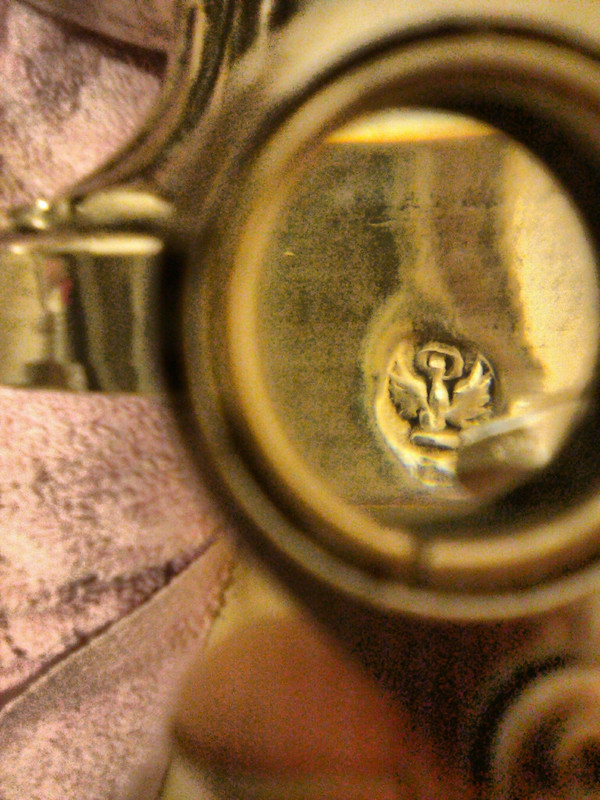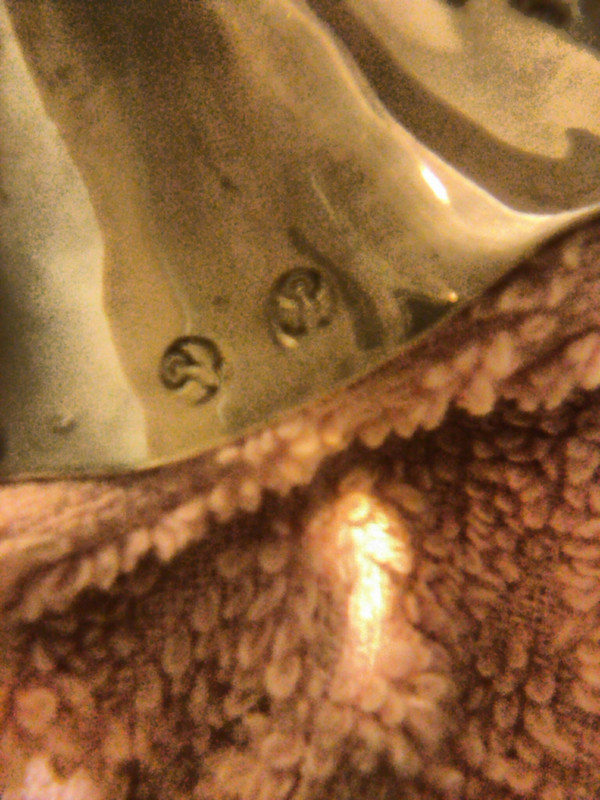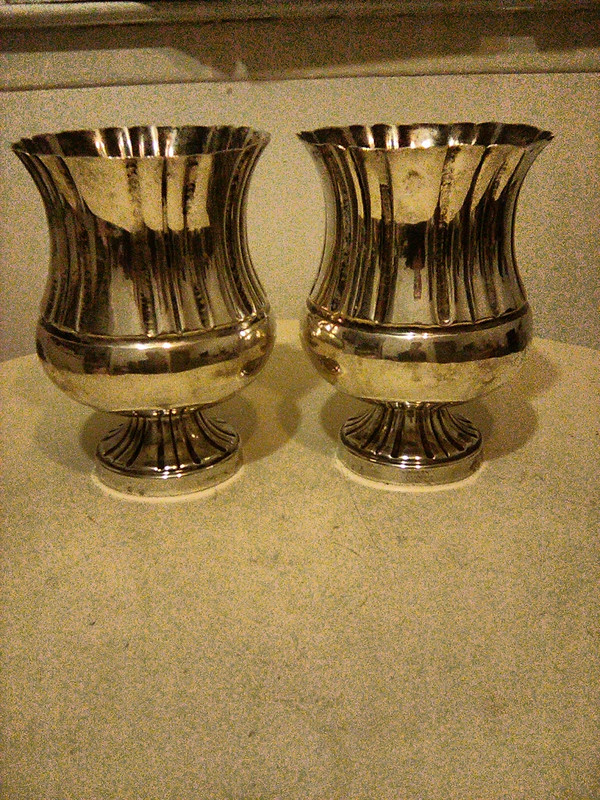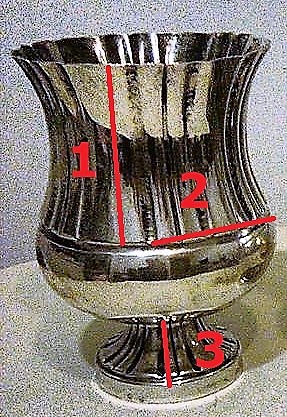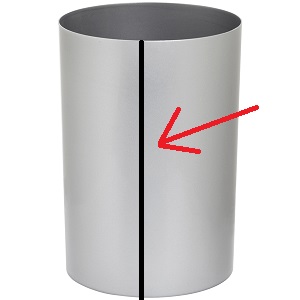Hello Tamara
I understand that the matter is a bit complicated.
So
"can you explain what you meant when you said that in Sambonet's book there is a drawing and not a picture"
Below are some drawings of marks of Milan from Sambonet's book with photos of them beside. You can see that the drawings are very accurate and very similar to the photos, although, of course, the drawing is always slightly different from reality.


Below is the drawing of the Holy Spirit of Sambonet alongside the photo of the mark we are talking about.


They look a bit similar, but the differences are very evident.
We can not say that they are certainly two different marks, someone could say that it's the same mark and the differences are due to the designer.
why would a 20th century silversmith "borrow" an ancient hallmark?
For the same reason that in Hanau the silversmiths applied marks similar to those of the eighteenth century.
Did Croff repeat his hallmarks too?
I have never seen an object that is definitely made by Croff and so it is impossible for me to say if Croff would mark his artifacts only once or several times, and what is his real mark.
In conclusion
The mark we are talking about is often attributed to Croff, but also, by someone, to Venice.
There is no evidence that this mark is not genuine, but more likely it is a fantasy mark that resembles that of Croff, according to some, and that of Venice, according to others.
The fact that you consider your urns too modern to be of the 700 supports this hypothesis.
Other photos may be useful, both for documentation, and to highlight details that can make us understand if the manufacture is recent or ancient.
Best regards
Amena
